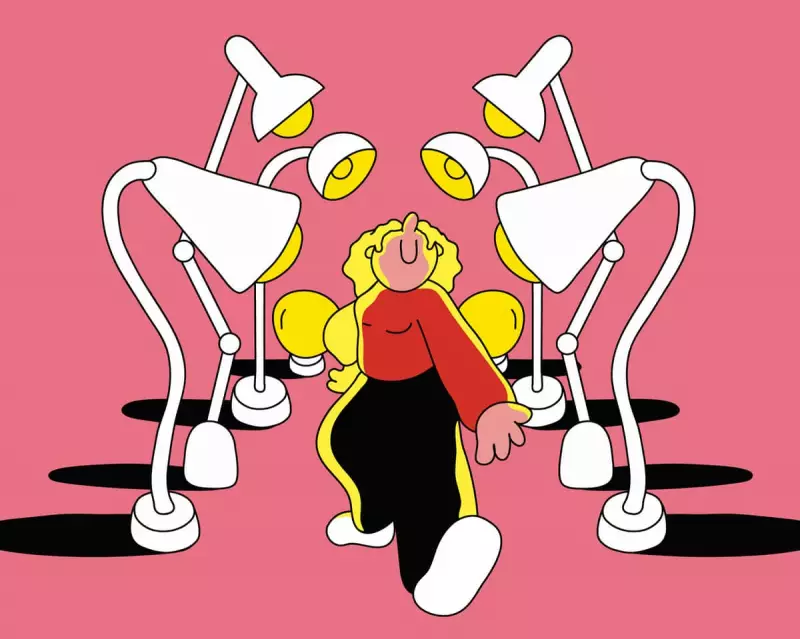
In every relationship, there are small disagreements that can unexpectedly turn into major debates. For one couple, the battleground is lighting. He prefers the bright, all-encompassing glow of the "big light," while she favours the softer, more atmospheric touch of multiple lamps. Who’s in the right?
The Big Light vs. Lamps: A Household Divide
"It’s like living in a showroom," he complains, gesturing to the five lamps currently illuminating their living room. "Why can’t we just use the overhead light? It’s brighter, more efficient, and we don’t have to remember to switch off a dozen lamps."
She, however, stands firm. "The big light is harsh and unflattering. Lamps create a cosy, inviting atmosphere. It’s about ambience, not just functionality."
The Energy Efficiency Argument
He raises a valid point about energy consumption. Multiple lamps, especially if left on unnecessarily, can add to electricity bills. "If we’re trying to be eco-conscious, shouldn’t we prioritise efficiency?" he argues.
But she counters: "Modern LED bulbs in lamps use very little energy. And if we’re careful about turning them off when not in use, the difference is negligible."
A Question of Aesthetics
Interior designers often advocate for layered lighting—using a mix of overhead lights, lamps, and accent lighting to create depth and warmth in a room. "The big light alone can make a space feel sterile," she says. "Lamps allow you to control the mood."
Yet, he insists: "There’s a time and place for mood lighting. For everyday activities, practicality should come first."
Finding a Compromise
Could there be a middle ground? Some suggest:
- Using dimmable overhead lights to adjust brightness.
- Installing smart bulbs that can be controlled remotely, ensuring lamps aren’t left on.
- Designating "lamp-only" zones for relaxation and "big light" areas for tasks.
At its core, this debate isn’t just about lighting—it’s about balancing personal preferences, practicality, and energy consciousness in shared spaces. So, who’s right? Perhaps the answer lies in compromise.





